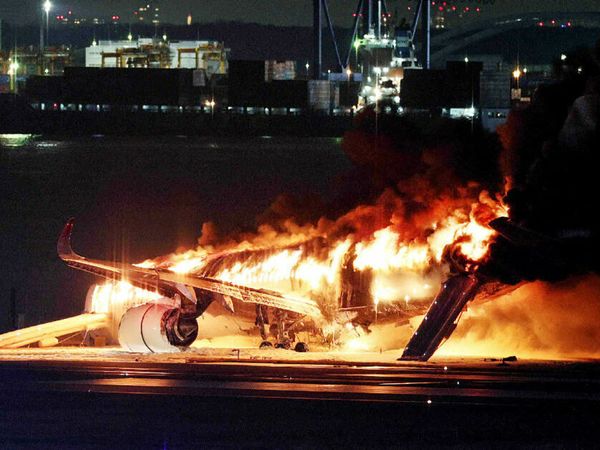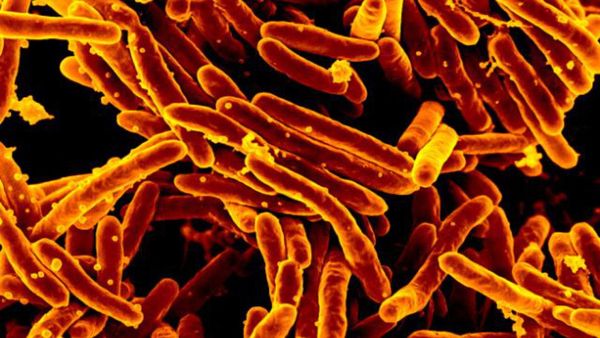
The first image is sky high and spectacular: David Bowie, turning to face the world from a silver screen in his twenties. Colossal photographs glimmer and shift in two-storey projections at the foot of the escalator. Watch long enough and they eventually give way to other people, other images, including the late queen, painted with rigid precision on a damask couch with her favourite corgi. Suddenly, the painting appears to move, very slightly. The corgi twitches one ear.
The National Portrait Gallery (NPG) has come alive, after three years of closure and many more of shadows and stasis. Its temporary exhibitions came and went, almost always superb – Russian portraits, Elizabethan miniatures, Picasso, Cézanne, Freud – but corners of its permanent collection were too often deserted. Now everything (literally) has changed.

You walk from the shining new entrance straight into the present. Marcus Rashford in a humble headshot, Stormzy sitting tight with his mother, Jeanette Winterson posing with a garden spade in Susanne du Toit’s specially commissioned painting.
Tom Shakespeare: Intellect, with Wheels, Lucy Jones’s scintillating vision of the bioethicist and disability rights campaigner, wheeling round in his chair, has his irrepressible energy and mirth. Alex Katz’s massive yet minimalist diagram of Anna Wintour has the Vogue queen’s icy style to perfection. Slotted in between, emphasising its absurdly flattering elongations, and oleaginous glint, Jamie Coreth’s oil portrait of two actual royals, Prince William and the Princess of Wales.
You are immediately in the here and now – and the great feat of this renewal is to sustain that effect from first to last. Visitors ascend by escalator to the Elizabethan court, where the queen appears surrounded by her many male champions, all briefly captured in stupendous portraits before their respective executions or fall from grace. Round a corner, you are confronted by funeral monuments, spotlit in dramatic darkness.
Oliver Cromwell and his Roundheads face Charles I and his Cavaliers in a marvellous reprise of the English civil war through art. Eighteenth-century London is a fabulous throng of writers, drinkers, actors and ribald satirists. Nobody is isolated; every person, and their image, is treated as part of a living society.
The most perfect instance of this homes in on a single historic night. In the summer of 1816, Mary Shelley, her half-sister Claire and her lover, Percy Bysshe Shelley, visited Lord Byron and his physician, Dr John William Polidori, at Lake Geneva. Byron proposed a competition for the best ghost story. Mary Shelley’s Frankenstein won. Their portraits are drawn together, Romantic heads hugger-mugger against a dark wall.

Turn round and you can see Mary’s mother through a doorway: the pioneering feminist Mary Wollstonecraft, sleeves rolled up in John Opie’s pure and pensive portrait. Equally, there is a direct vantage point between Byron and his daughter, the mathematician and proto-computer-programmer Ada Lovelace. Everyone and everything connects, history knitting up.
The NPG was established in 1856 as an archive of exemplary figures. It was the first museum, outside the Uffizi’s self-portrait corridor, to be devoted entirely to portraits. And here lies its double conundrum: who should be included (it has the power to commission new images) and who should portray them? These two questions produce a third – how to balance the status of the sitter with the quality of the portrait.
So the image of Samuel Pepys is as stiff as the wig the great diarist wears, whereas Lord Beaverbrook, questionable media magnate, gets a tellingly confrontational painting by Walter Sickert. The poor queen got slick Pietro Annigoni, deadpan Bryan Organ and dogged Michael Leonard. No wonder they have tweaked the corgi’s ear.
But along with his terrific team of curators, director Nicholas Cullinan has made the most judicious of selections with this balance in mind. The rare and profoundly significant are beautifully displayed: the Chandos portrait, quietly off to one side, just as one imagines Shakespeare himself. The only surviving portrait of the three Brontës, a damaged fragment in a poignant case. The sole likeness of Jane Austen, so small it is presented at the end of a sequence of perfect miniatures like the coda to an evolving narrative.
And for supreme theatre, look at Joshua Reynolds’s early self-portrait with one hand shielding his eyes against the light, while also appearing to salute the future. What he now has in prospect is his own lifesize (and far-sighted) portrait of Mai, Britain’s first visitor from Polynesia in 1774, with his high intelligence and his tattooed hands, now hanging in pride of place in the 18th-century galleries.

Portraiture comes in every medium at the NPG, from toby jug to daguerreotype, church sampler to public statue, marble bust to digital print. A barely used rotunda has now become an eerie gallery of death masks – the London trees outside cast their fluttering reflections on the bronze face of Oliver Cromwell, strangely outsize even in death. The life mask of Marc Quinn, cast in 10 pints of his own blood, has so deteriorated with the decades as to stand as its own presage of death.
Photography often overshadowed painting towards the end of last century, exposing the inept and kitsch portraits the museum sometimes commissioned. But this is no longer true. It is not just that mediocre paintings have been discreetly stored away, but that the photographs are so well chosen. George Bernard Shaw in warm living colour, Noël Coward absolutely hidden – bar one silvery eye – in darkness, Malala Yousafzai exquisitely dressed in Arabic script in Shirin Neshat’s photographic portrait.
And the first of the temporary shows is the jubilant and uplifting Yevonde: Life and Colour, celebrating Madame Yevonde (1893-1975), the first British photographer to exhibit colour portraits. Born in Streatham, south London, an early suffragette and fast learner in a Westminster studio, Yevonde Middleton was a tireless original. Her idea of colour was practically DayGlo.

She photographed the red-haired actor Joan Maude against scarlet and vermilion, the gloweringly machiavellian Duchess of Argyll through sinister blue cellophane, Mrs Michael Balcon in gold with shotgun and owl as Minerva.
Her society ladies got up as goddesses are tonic and hilarious, especially Anthony Eden’s wife as the muse of history in something like a bathing cap, sent up by a watchful classical bust. Yevonde’s own self-portrait – tiny, in jaunty tweed suit, holding the flash wire of a camera magnified to the size of an elephant – is a final exclamation point to this wittily brilliant exhibition.

Almost half the sitters and artists at the NPG are now women. One gallery is devoted to women’s self-portraits, another to new portraits by women. A Rebel Women display includes mutinous aristocrats, coruscating poets and the original Roaring Girl, Moll Cutpurse. Grace Darling appears head to marble head against her contemporary Queen Victoria; Malala opposite the Princess of Wales.
Extraordinary lives are rediscovered – the Georgian boxer Jem Belcher, the Victorian miniaturist Sarah Biffin, born without arms or legs. The hang is so democratic, it unites servant with mistress and raw recruit with general on the same level. The wall texts are all enthralling knowledge.
This magnificent reinvention could not happen without deep observation, curiosity, wisdom and experience. And above all, perhaps, with the sense of humour that is everywhere apparent and perceived as a British trait. You could spend days here, in this spectacular building, with its cobalt and vermilion walls and more than 1,000 exhibits, and come away every time with a new understanding of British history, life and art.
National Portrait Gallery, St Martin’s Place, London WC2
Yevonde: Life and Colour is at the National Portrait Gallery until 15 October







